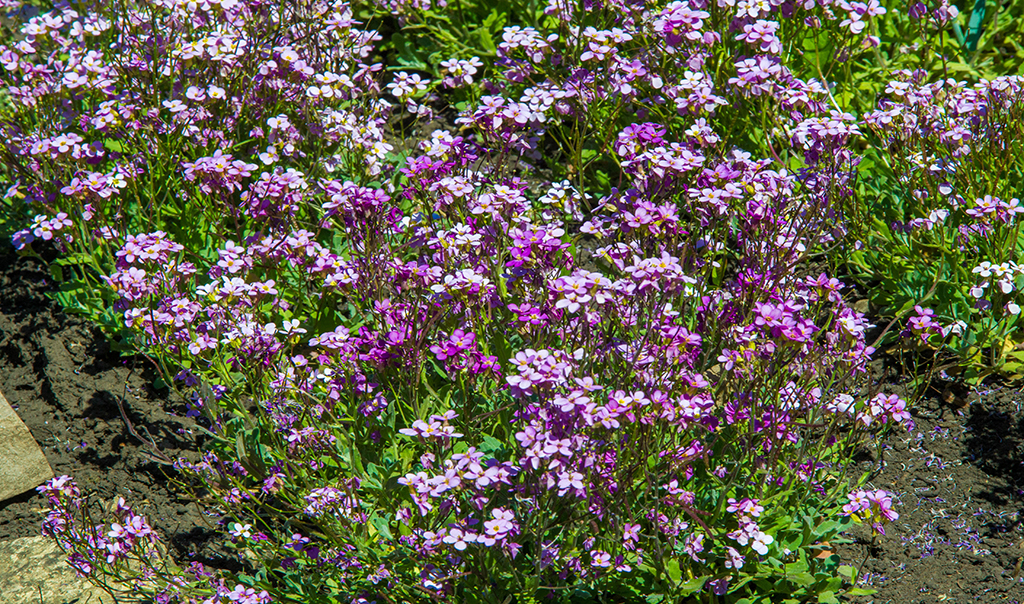Angela Slater from Hayes Garden World gives some advice on your garden during the winter months.
Gardening in a cold climate can be challenging, but not impossible provided that you choose plants which are adapted for extreme conditions.
If you want to grow more tender plants, these will require a frost-free greenhouse for the winter, unless you live on the milder west coast and benefit from the full impact of the gulf stream. If you don’t have a greenhouse, it could be worth considering investing in one – even a small model will allow you to get a head start on annuals and vegetables.
Although the low temperatures, wind and rain can reduce the variety of species which you can grow this season, there are still enough options to create something beautiful. The key is to create your own microclimate by surrounding your plot with a windbreak and planting some trees to slow down the impact of the wind.
Shrubs, trees and alpines which originate in mountainous regions such as the Alps or the Himalayas should all be able to cope with being frozen in winter, the generally higher rainfall and the short summer season.

Matthiola longipetala, known as night-scented stock (Photo: Fedotova Olga/Shutterstock)
Many hardy annuals with a short growing season will be suitable; Night Scented Stock (Matthiola longipetala ssp bicornis), Clarkia and Papavar somniferum all have the added bonus that they self-seed.
If you have a greenhouse, other annuals with a slightly longer growing season can be sown sparingly in trays then transplanted into the garden once the seedlings are about 5cm (2”) tall and the worst of the winter weather has receded.
Avoid evergreen shrubs as they hold a lot more snow than bare stems, which can easily be broken or weighed down until they are out of shape, especially when they are young and the branches are soft. If you do have evergreen shrubs, make sure to quickly brush off the snow before it accumulates.
If you wish to grow plants such as lavender and rosemary, grow them in pots in a free-draining loam-based compost. Either move them into a sheltered position over the winter or wrap the pot in plenty of bubble wrap and the plant in sacking or several layers of horticultural fleece.

Lavender
If you love growing vegetables, it is worth investing some time into constructing raised beds, which both drain and heat up quicker – enabling you to plant out a little earlier. Make them no more than 1.8m (6’) wide so that they can be tended from both sides, avoiding the need to trample on the soil and reducing compaction.
Even if you don’t want to go to the hassle of constructing wooden sides to the beds you can still just mound up the earth.
There are several vegetable crops which can survive outside in winter; kale, spinach and brussel sprouts can all handle very low temperatures. Root crops such as carrots, parsnips, kohlrabi and turnips can all be left in the ground. Cover in straw to a depth of about 10cm and you should be able to harvest them throughout the winter.
Some fruit trees can be grown but this depends upon site conditions – if the site is very windy then it could prove impossible.
Find out more about Hayes Garden World HERE.
TAGS

